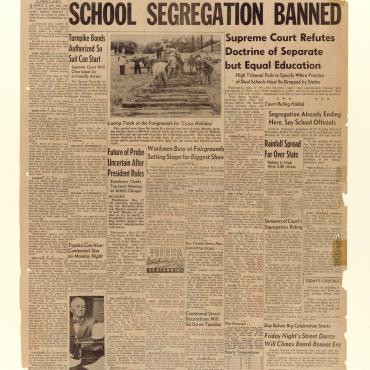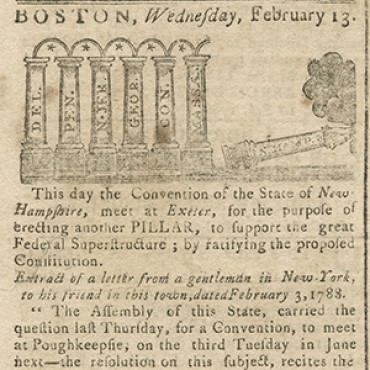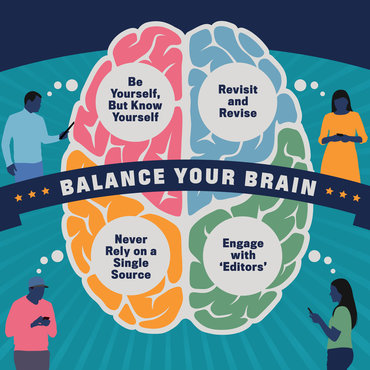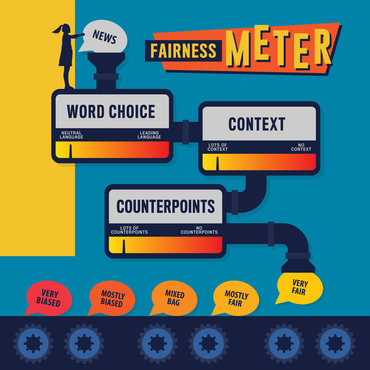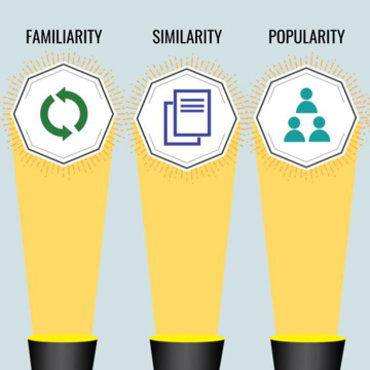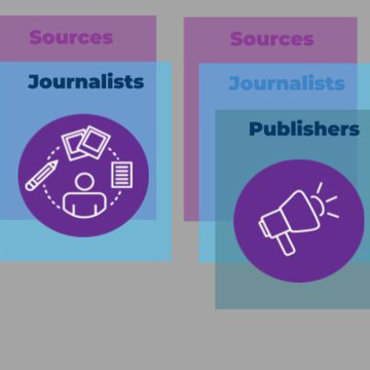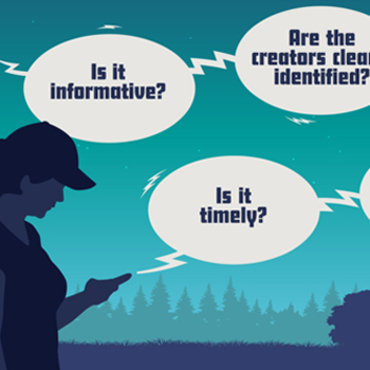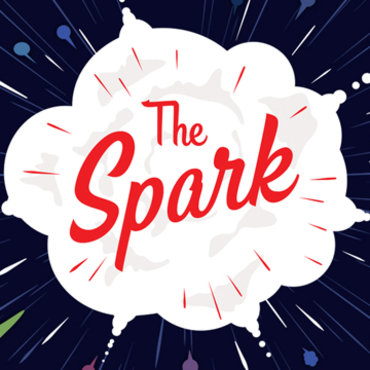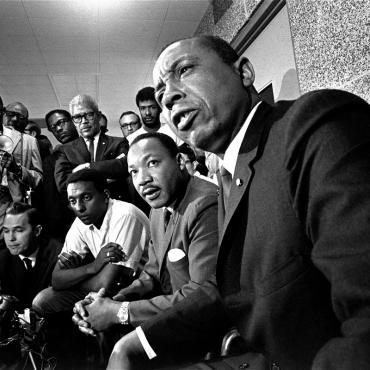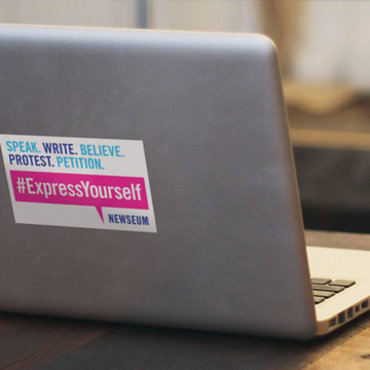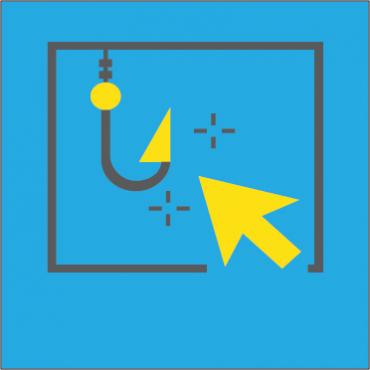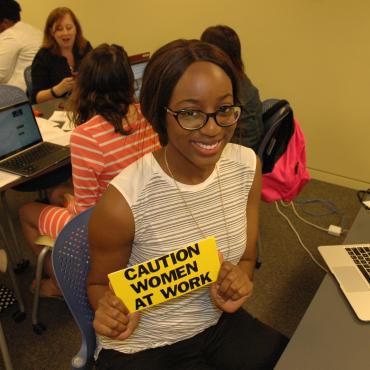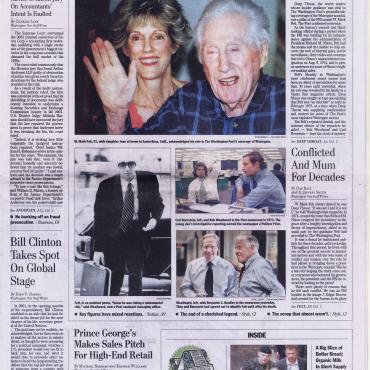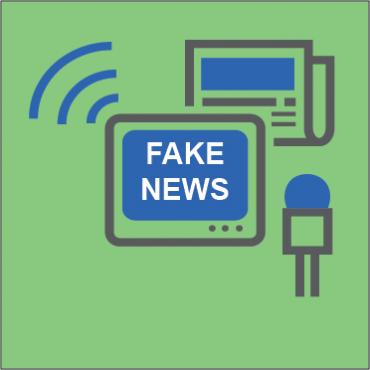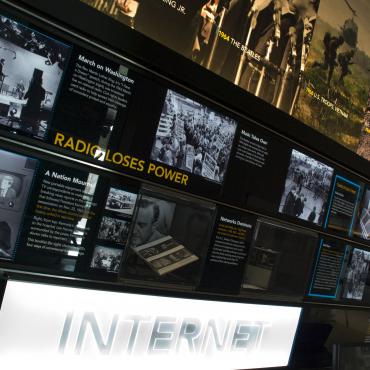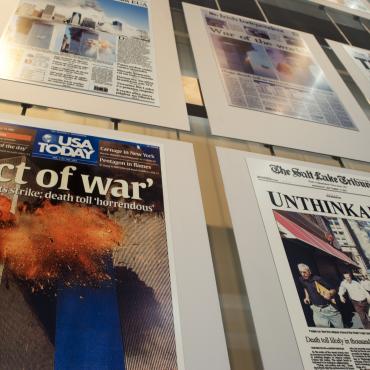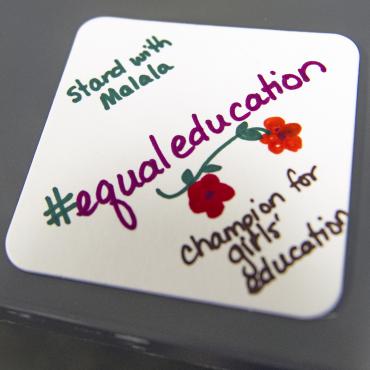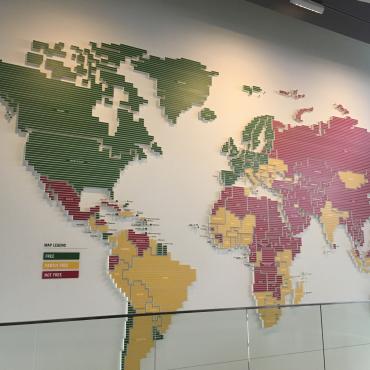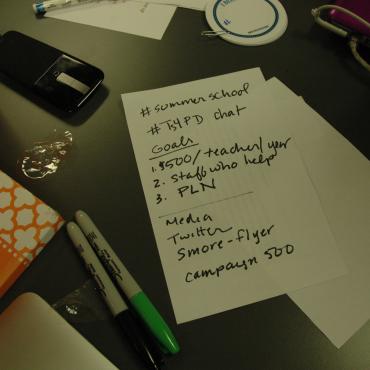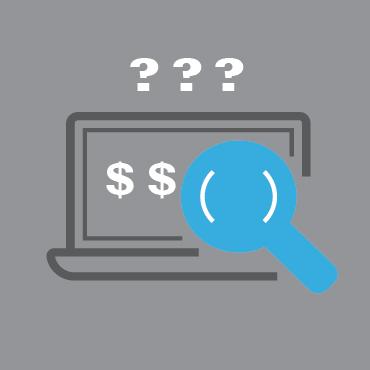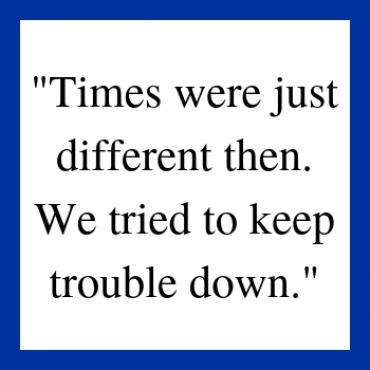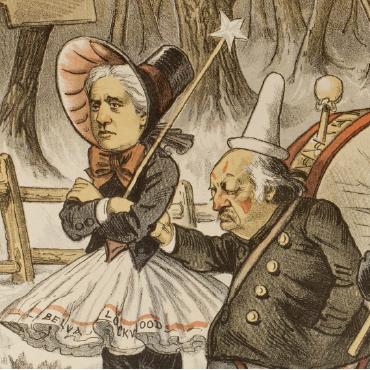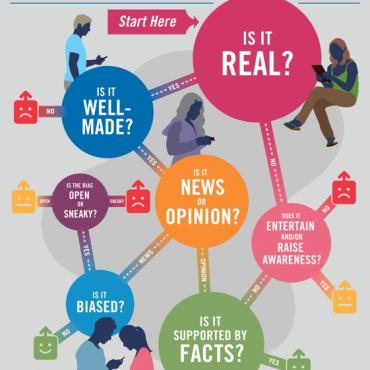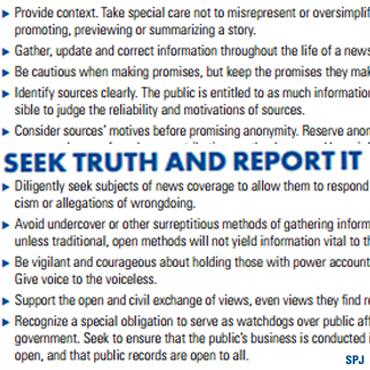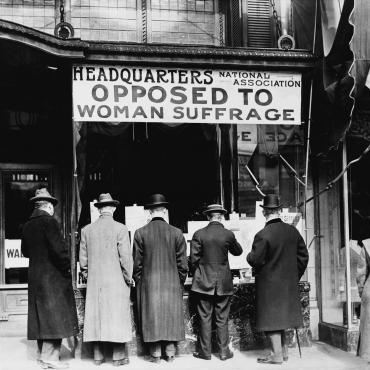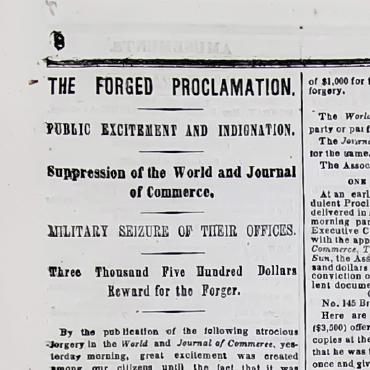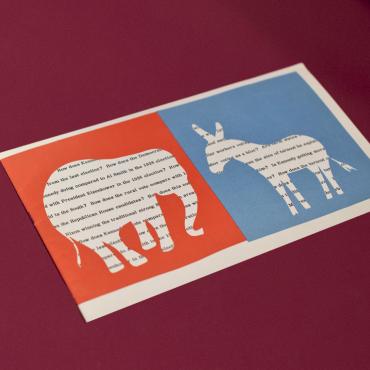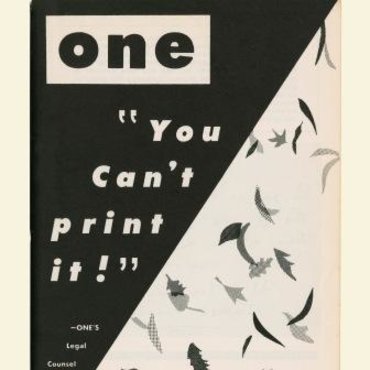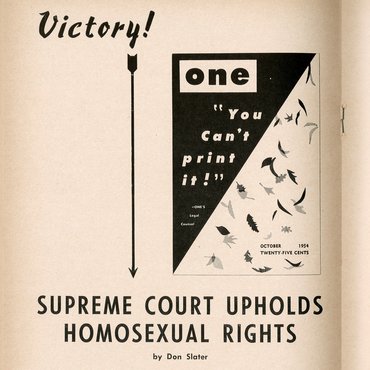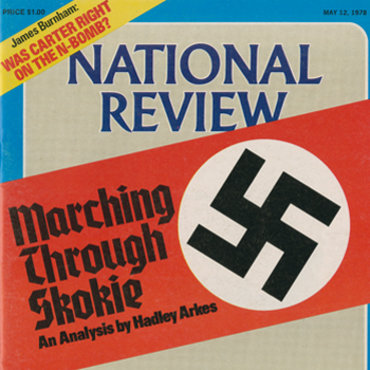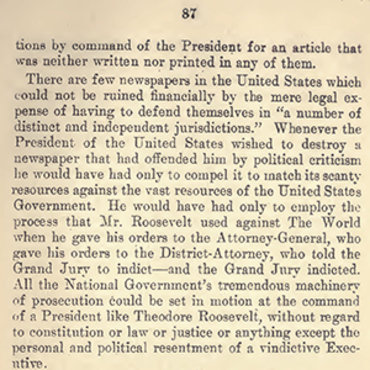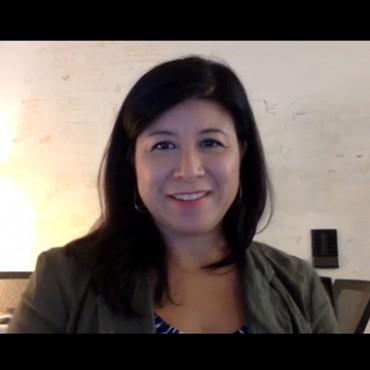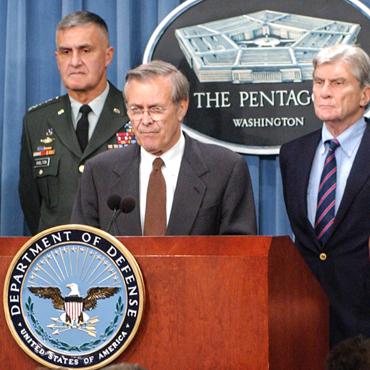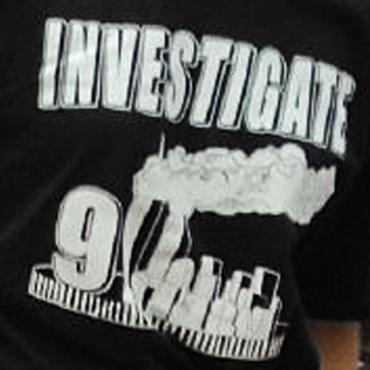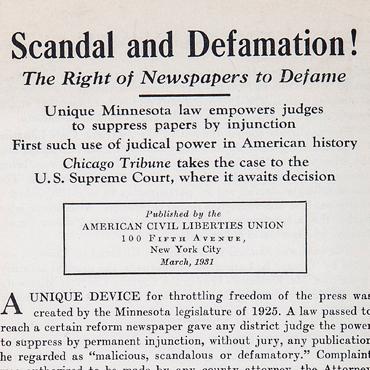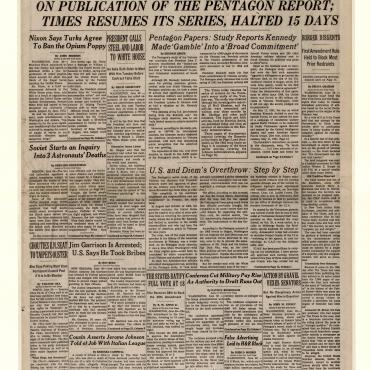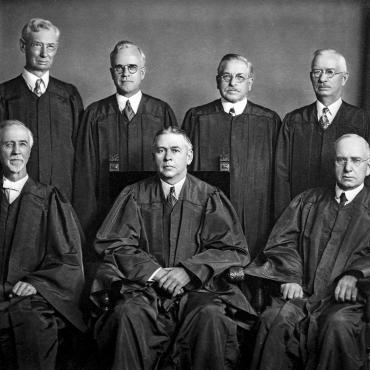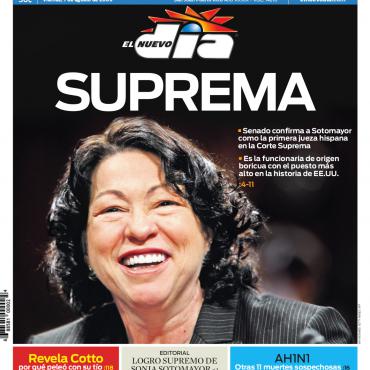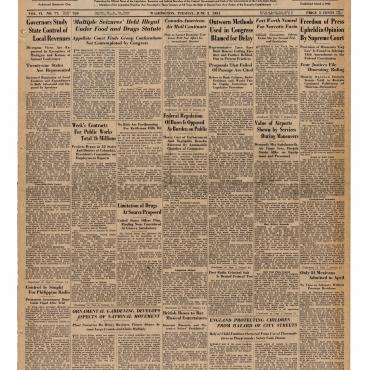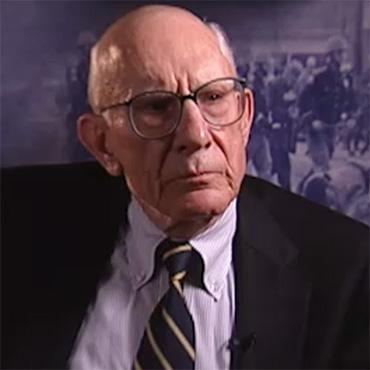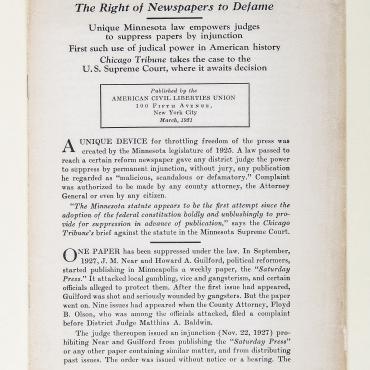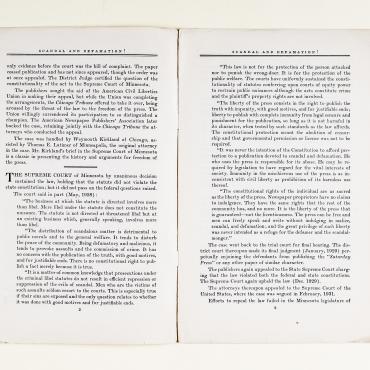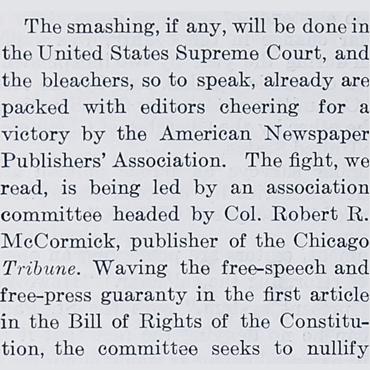You Can’t Say That: In My Opinion
Students use their First Amendment knowledge to weigh in on a current First Amendment issue or controversy via multimedia response pieces.
Get even more great free content!
This content contains copyrighted material that requires a free NewseumED account.
Registration is fast, easy, and comes with 100% free access to our vast collection of videos, artifacts, interactive content, and more.
NewseumED is provided as a free educational resource and contains copyrighted material. Registration is required for full access. Signing up is simple and free.
With a free NewseumED account, you can:
- Watch timely and informative videos
- Access expertly crafted lesson plans
- Download an array of classroom resources
- and much more!
- Current Events
- Journalism
- Supreme Court
- 9-12
- College/University
- Review the First Amendment Basics with your students.
- Distribute the worksheet and go over the assignment.
- Explain that students will be researching a current First Amendment news story. The story may cover an ongoing controversy or a case before the courts. (Alternatively, you may preselect one or several stories for the class to read and analyze.)
- Then they will use the medium of their choice — an op-ed essay, a video blog, a multimedia poster, etc. — to express their opinion on whether the action presented in the story should be protected or not.
- They will share their final products with the class and discuss their processes and conclusions.
- In My Opinion worksheet (download), one per student
- First Amendment Basics handout (download), one per student
Discussion will require extended time if you wish all students to share their response pieces. For classes with limited time, you may choose a few volunteers or representative examples, or break into small groups to share/discuss.
- Why did you think this story was interesting?
- Do you think the action presented in this story is protected by the First Amendment? Why or why not?
- Was it difficult to make up your mind about this action/issue? Why or why not?
- How did the idea of balancing rights come into play as you weighed this issue?
- If this issue is before a court, how do you think the court will rule? Will the ruling be the same as or different from your conclusion? Why?
-
Common Core State Standards: CCSS.ELA-LITERACY.CCRA.SL.4
Present information such that listeners can follow the line of reasoning and the organization, development, and style are appropriate to task, purpose, and audience. -
Common Core State Standards: CCSS.ELA-LITERACY.CCRA.SL.5
Make strategic use of digital media and visual displays of data to express information and enhance understanding of presentations. -
Common Core State Standards: CCSS.ELA-LITERACY.CCRA.W.1
Write arguments to support claims in an analysis of substantive topics or texts using valid reasoning and relevant and sufficient evidence. -
Common Core State Standards: CCSS.ELA-LITERACY.CCRA.W.8
Gather relevant information from multiple print and digital sources, assess the credibility and accuracy of each source, and integrate the information while avoiding plagiarism.
-
National Council of Teachers of English: NCTE.7
Students conduct research on issues and interests by generating ideas and questions, and by posing problems. They gather, evaluate, and synthesize data from a variety of sources (e.g., print and non-print texts, artifacts, people) to communicate their discoveries in ways that suit their purpose and audience. -
National Council of Teachers of English: NCTE.8
Students use a variety of technological and information resources (e.g., libraries, databases, computer networks, video) to gather and synthesize information and to create and communicate knowledge.
